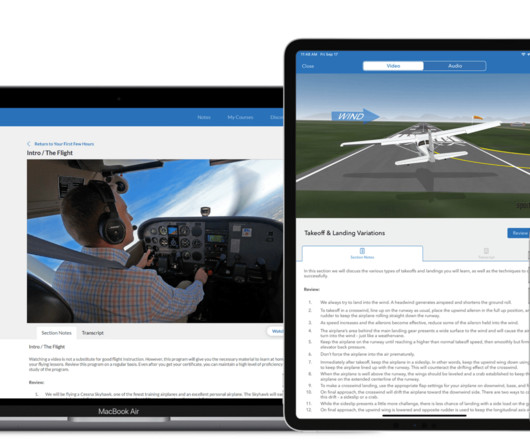Demystifying The FAR AIM: Your Guide To Essential Aeronautical Information
Northstar VFR
JULY 28, 2024
By Ally Melick CRJ Pilot, CFI-I, MEI The Federal Aviation Regulations / Aeronautical Information Manual (FAR/AIM) is the pilot’s bible. The Federal Aviation Regulations come from a bigger book, the Code of Federal Regulations (CFR).















Let's personalize your content